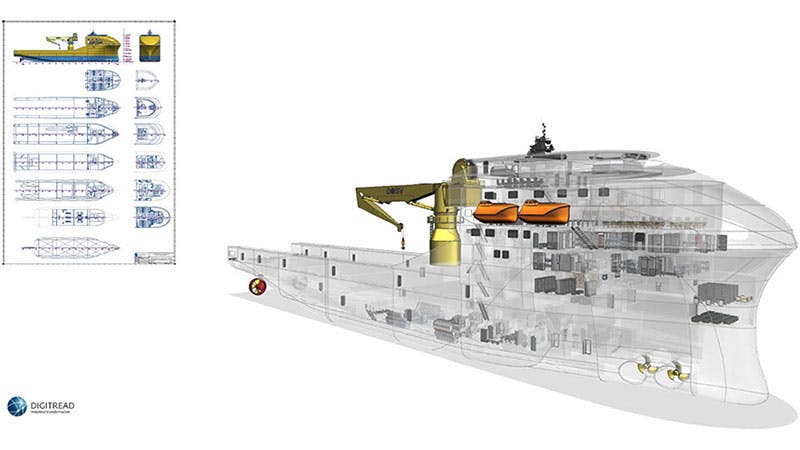This webinar highlights how digital tools, including process automation, simulation, and design space exploration, can help you stay in control of the ship design spiral.
The current ship design process is complex and time-consuming. During the initial tender phase, time is limited: proposing a hull design that minimizes capital expenditure (CAPEX) during build, whilst meeting operational expenditure (OPEX) demands of the customer, as well as certification requirements, remains a challenging task.
Learn how a simulation-driven approach to ship design enables rapid development and testing of multiple hull designs so you can meet tender deadlines and have full confidence in vessel performance.
Watch this webinar to learn:
- Why the ship design spiral is inefficient, and how to change this
- How to use a simulation-driven approach in the ship design process
- The benefits of connected marine simulation tools
- How to rapidly evaluate hundreds of hull designs and ensure performance targets are met
- Results from a case study for optimizing both OPEX and CAPEX for an Offshore Supply Vessel
Manage the design data and variants in your ship design process
Move from disconnected teams working in silos to a connected approach. Using a master model, or digital twin of the ship, connect all data throughout the ship design process. This master model contains CAD data (including general arrangement, structural design, and marine systems). Any simulation starts with importing the relevant data from the master model. Any alterations based on the simulations can be fed back to the master model. This digital twin contains all information relevant to the vessel at any stage of the ship design process. The model is freely available and accessible to all teams, removing lags in information between different departments.
Break down the silos in your ship design process with multi-disciplinary design exploration and optimization
Optimize your ship design process by connecting various disciplines for multidomain design exploration. While computational fluid dynamics (CFD) simulation software is growing in use in the marine industry, combining it with design exploration software takes your analysis to the next level. Naval architects can focus on design analysis rather than setting up marine simulations. Specify the requirements and restraints for your vessel, then let the software drive the process, simulating multiple designs and assessing their hydrodynamic efficiency. You can efficiently find design concepts that meet or exceed your performance requirements and compare designs and trade-offs between different specifications.
